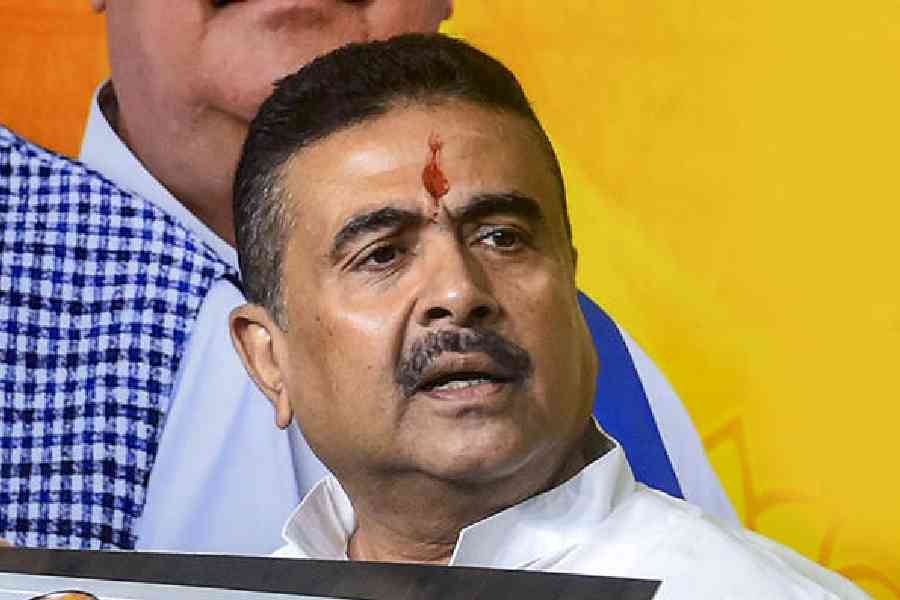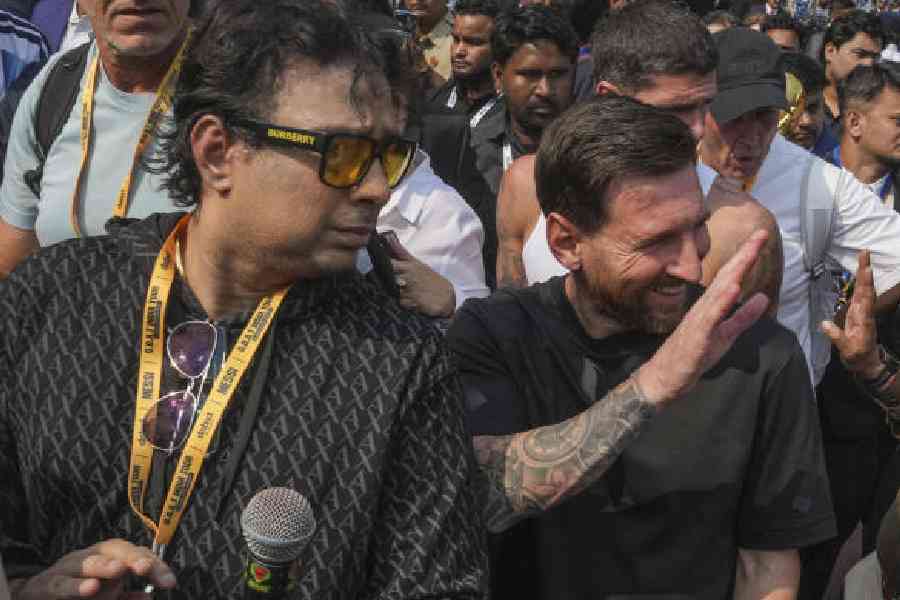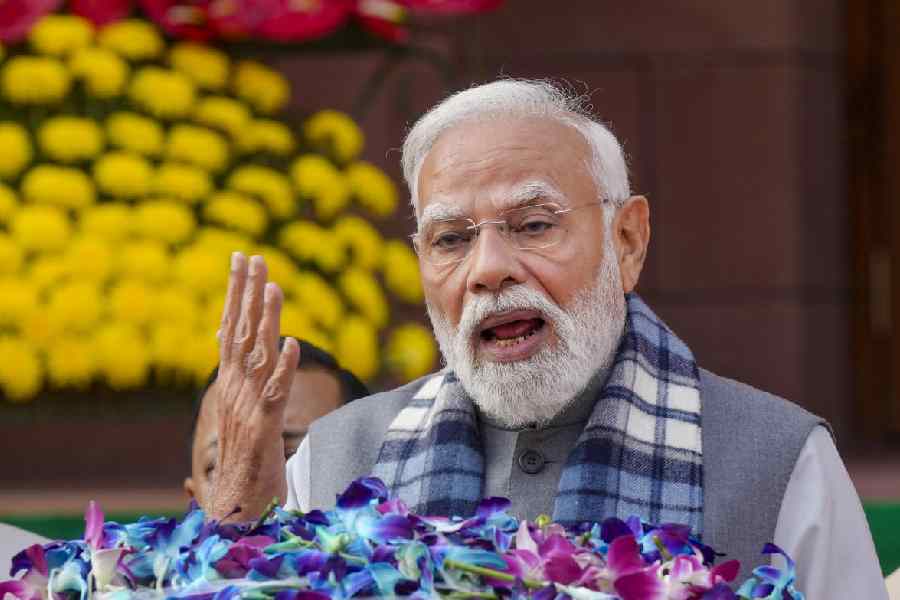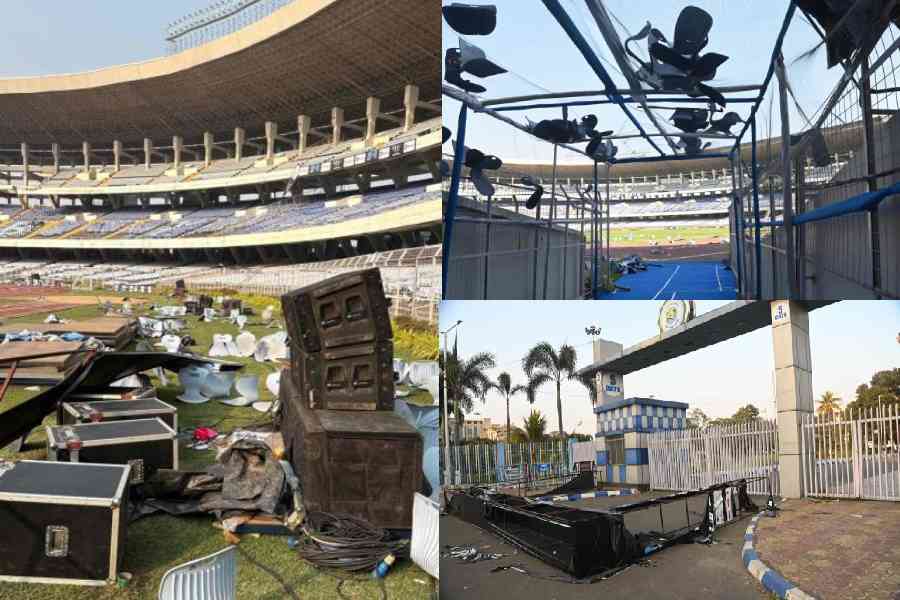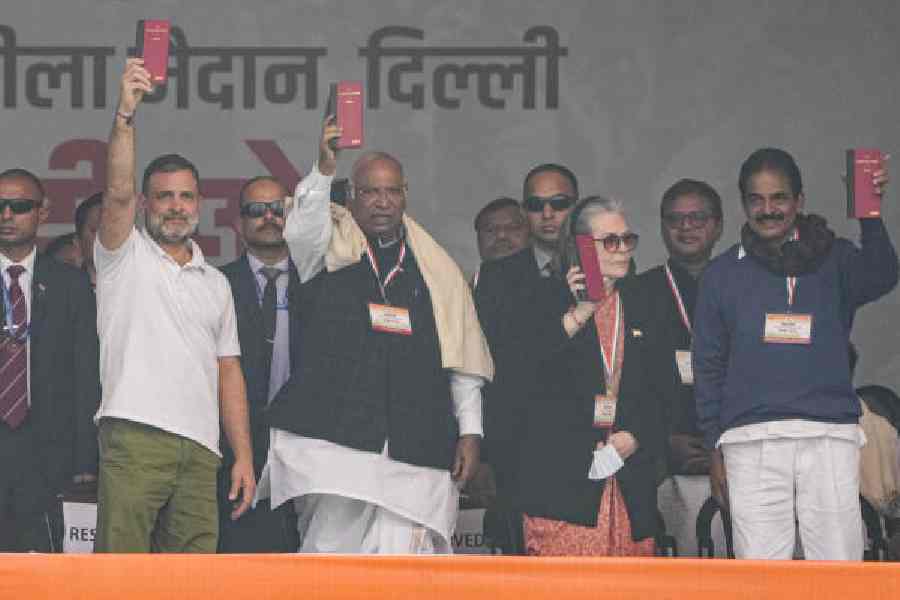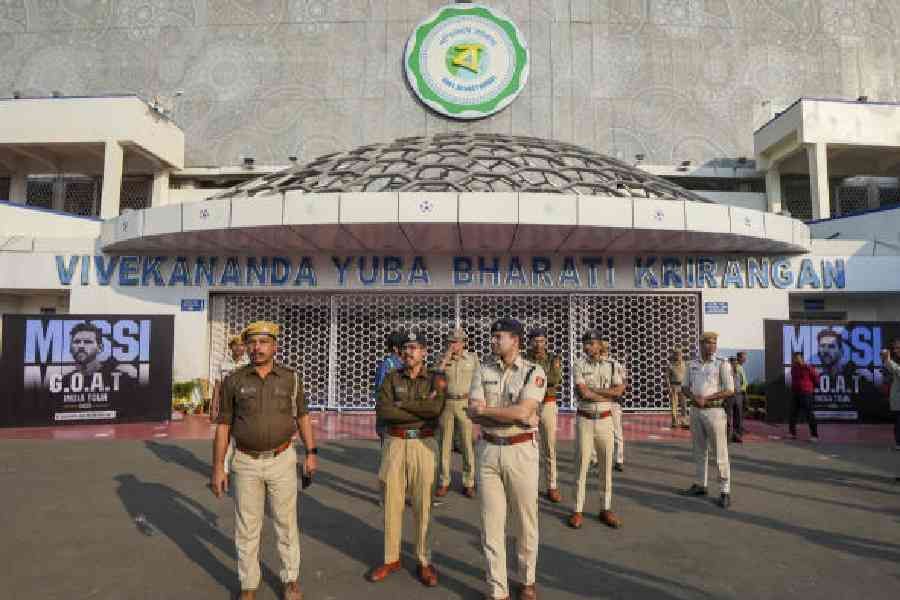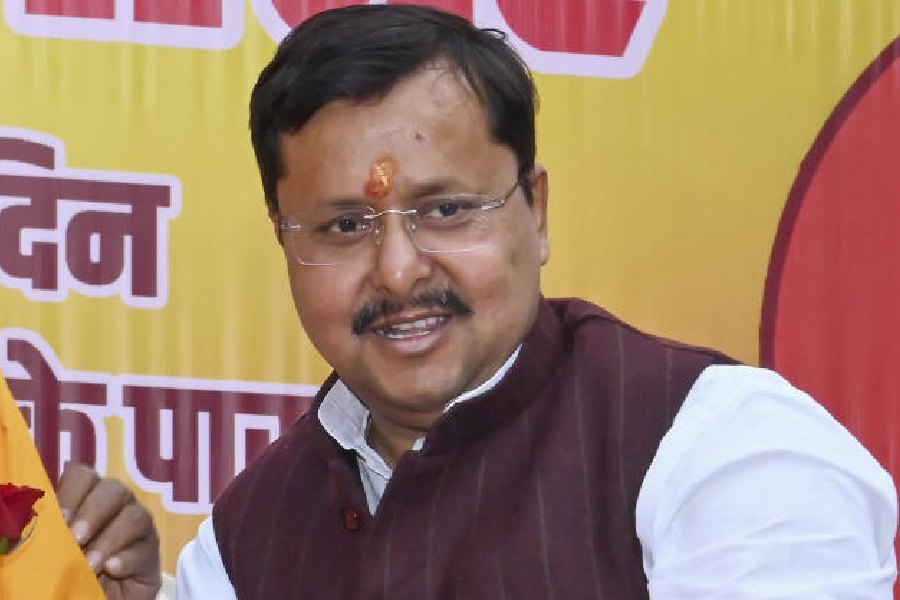With service providers either knocking on your door or eyeing it to hard-sell broadband connectivity, the only thing clear about the new technology tool is consumer confusion. BSNL has been here for a while, Tata Indicom is a recent entrant and Reliance Infocomm is working the wires. With Trai lowering international bandwidth tariff last week, Metro narrows down the whats and whys of broadband.
What is broadband?
Different countries have different definitions of broadband. For standardising Internet services provided across India, the Centre, in its Broadband Policy for 2004, defined broadband as ?an always-on data connection that is able to support various interactive services, and has the capability of a minimum download speed of 256 kbps (kilo bits per second)?.
For a home user, this means super-fast downloads, web pages opening at a blink and the ability to video-chat or watch video over the Internet ? missions impossible with the narrowband dial-up connection.
Who?s offering what?
First up, the government-backed Bharat Sanchar Nigam Limited (BSNL), which unleashed its DataOne Broadband Service across West Bengal and the rest of the country early this year.
BSNL is using conventional copper telephone wires (the existing phone line) to provide broadband Internet through Asymmetric Digital Subscriber Line (ADSL) technology.
There?s no need to dial-up to the Internet since it?s an always-on connection. BSNL?s service also allows the telephone to be used simultaneously while using the Net. The speed of surfing or the quality of the phone call will not be affected.
On the hardware front, besides the PC, one needs an ADSL modem. After Internet, BSNL plans to introduce value-adds like video-conferencing and video-on-demand.
The other service, though restricted to parts of Calcutta only for the moment, comes from Tata Indicom. Calcutta is one of the 40-odd cities that the company is providing Internet connectivity to, using DSL and Metro Ethernet.
The DSL connection works on a similar principle as BSNL?s. In case of Metro Ethernet, underground fibre-optic cable is primarily used. The last-mile connectivity (the distance from the service provider?s final point to the consumer?s premises) is provided through overhead CAT 5 cables.
Reliance Infocomm is the third big player poised to enter the broadband battle in Calcutta. The question worth crores, though, is when. Several debut dates have already been pushed back and conflicting reports emerge from various company quarters. According to an official, ?within the next fortnight?, Reliance Infocomm is likely to announce the launch.
But what is out there in black and white is the form the company is currently distributing to zero in on multi-storeyed buildings in the city, seeking consent to connect the addresses via copper cables.
?We have launched our wireline services in Calcutta and have commenced our services in 1,000 buildings? We plan to start our consumer broadband services shortly,? the form reads. On offer is high-speed Net access using the optic fibre-CAT5 cable combo.
Cost to consumer
BSNL has four plans for the home user. Speeds range from 256 kbps to 1 mbps (mega bit per second) for Rs 500 to 3,300 per month in rental. The modem can be bought or rented.
For Tata Indicom, payment options are available as both pre-paid and post-paid. You can opt for a volume-based plan (amount of monthly data transfer) or a time-based plan (number of hours used) or the unlimited usage plan. Speeds for all plans vary between 256 and 512 kbps.
On the Reliance Infocomm website, the tariff plan posted shows monthly rentals ranging from Rs 750 to 3,000, with additional installation charges.
And then...
There?s Internet over cable available from the neighbourhood cable operator. But this offers marginally better speed than dial-up.


